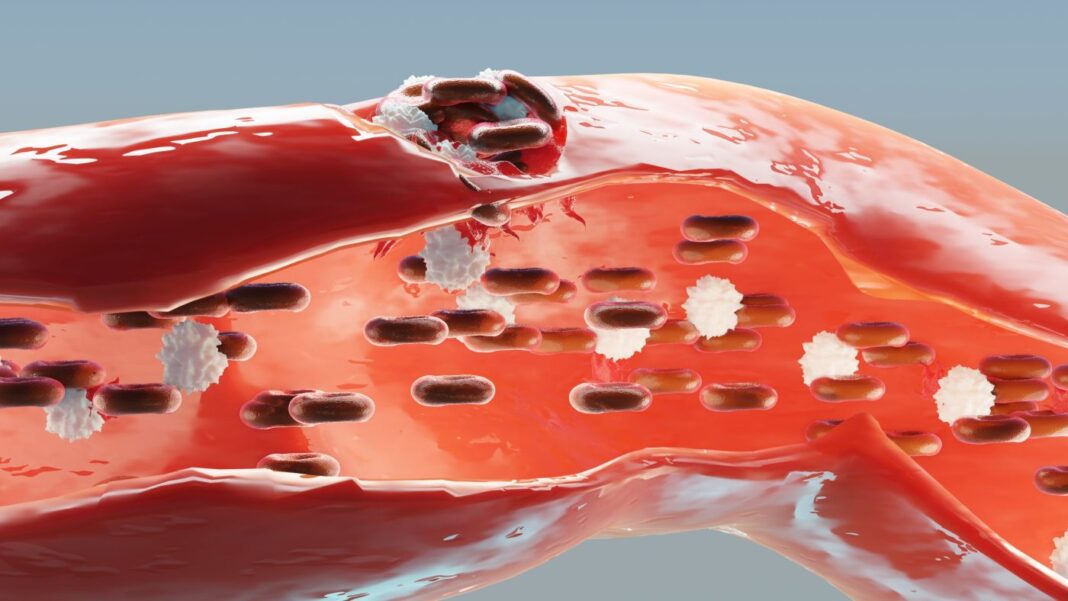Researchers at the Royal College of Surgeons in Ireland (RCSI University of Medicine and Health Sciences, along with collaborators in Germany and Switzerland, say their work has revealed new information about how blood clots are formed during wound healing. Their study “Platelets drive fibronectin fibrillogenesis using integrin αIIbβ3”, which appears in Science Advances, examines the behavior of platelets at a wound site, specifically their ability to sense where within a blood clot they are and remodel their surroundings accordingly.
Platelets are key to initiating wound healing and the formation of a thrombus (blood clot). Fibroblasts are connective tissue cells that are essential for the later stages of wound healing. Fibroblasts invade the clot that has been formed and produce vital proteins, including fibronectin, that then form a structural framework to build the new tissue needed to heal.
This new study indicates that platelets can also form a provisional fibronectin matrix in their surroundings, similar to what fibroblasts do in the later stages of wound healing.
“Platelets interact with multiple adhesion proteins during thrombogenesis, yet little is known about their ability to assemble fibronectin matrix. In vitro three-dimensional super-resolution microscopy complemented by biophysical and biochemical methods revealed fundamental insights into how platelet contractility drives fibronectin fibrillogenesis,” write the investigators.
“Platelets adhering to thrombus proteins (fibronectin and fibrin) versus basement membrane components (laminin and collagen IV) pull fibronectin fibrils along their apical membrane versus underneath their basal membrane, respectively. “In contrast to other cell types, platelets assemble fibronectin nanofibrils using αIIbβ3 rather than α5β1integrins. Apical fibrillogenesis correlated with a stronger activation of integrin-linked kinase, higher platelet traction forces, and a larger tension in fibrillar-like adhesions compared to basal fibrillogenesis. Our findings have potential implications for how mechanical thrombus integrity might be maintained during remodeling and vascular repair.
“We have identified an additional unexpected role for the most prominent platelet adhesion receptor,” noted Ingmar Schoen, PhD, from the school of pharmacy and biomolecular sciences at RCSI.” Our results show that platelets not only form the clot but also can initiate its remodeling by erecting a fibrous scaffold. This finding challenges some existing paradigms in the field of wound healing, which is dominated by research on fibroblasts.”
Key to this research was the use of super-resolution microscopy, which enables sharper images of structures inside or around cells to be captured and observed in vitro, in a laboratory. Observation of this platelet behavior in a living organism (in vivo) will be required to further develop this finding.
“Without super-resolution microscopy, this discovery would not have been possible,” added Schoen.



